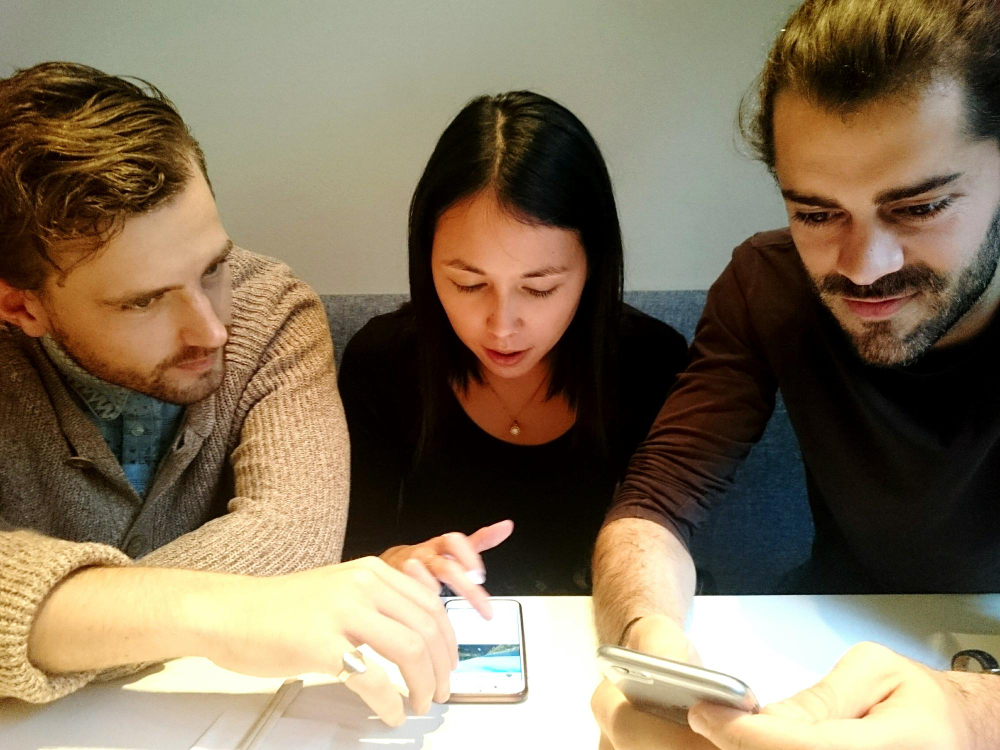In today’s fast-paced digital world, mobile learning has surged as a staple in modern education. Yet, misconceptions abound, hindering its full potential. Here, we scrutinize four prevalent myths and advocate for mobile-first design to enhance learner engagement and accessibility. Understanding these myths and embracing effective mobile strategies can empower educational initiatives and elevate the learning experience.
The first myth surrounding mobile learning is the belief that it is simply a matter of transferring desktop content onto a smaller screen. This misconception often leads to ineffective learner engagement. Mobile learning should prioritize concise content catered to on-the-go consumption. Designing with a mobile-first mindset allows the creation of tailored experiences that consider the user’s context, such as varying screen sizes and touch interactivity. Focusing on streamlined, clear, and purposeful information ensures that learners can engage seamlessly, maximizing retention and understanding.
Another myth is the idea that mobile learning sacrifices depth and complexity. While devices may offer limited screen space, innovative design techniques can overcome this constraint. Utilizing multimedia elements like videos, interactive graphics, and podcasts allow deeper exploration of topics without overwhelming learners. Chunking information into small, easily digestible modules encourages sustained engagement. With mobile learning, complexity doesn’t wear a cloak of complication; rather, it becomes an inviting journey of discovery, providing depth in a more accessible format.
Many assume that mobile learning is suited only for younger, tech-savvy users. This stereotype disregards the potential for mobile platforms to provide flexible learning tailored to diverse audiences. Designing intuitive, user-friendly interfaces simplifies onboarding for learners of all ages. Incorporating features like adjustable text sizes, narration, and multitasking capabilities broadens accessibility. Mobile learning embraces inclusive design, facilitating experiences that transcend age and technological proficiency.
A prevailing assumption is that mobile learning lacks a personal touch compared to traditional methods. Technology has evolved to bridge this gap, employing tools that foster personalized experiences. Features like adaptive learning algorithms, artificial intelligence, and data analytics enable customized curricula that address individual learner needs and preferences. These technologies create intimate, personalized milestones within mobile education, ensuring learners receive the guidance they require while feeling connected to their educational journey.
Transitioning to mobile-first design interweaves technological innovation with educational enhancement. This shift requires a focus on creating engaging, interactive elements, ensuring that learning materials are responsive and agile. Incorporating micro-learning concepts helps keep content focused and relevant, while gamified elements increase motivation. By tailoring content to fit mobile users’ needs, educators can harness the full potential of mobile technology, transforming how knowledge is conveyed and absorbed.
Adopting a mobile-first approach generates more than just content accessibility; it also prioritizes effective learning environments. Emphasizing adaptive and responsive content that adjusts to different devices and user contexts improves access to resources. Furthermore, real-time feedback mechanisms engage learners, fostering a community of continuous improvement and collaboration. As educational demands rapidly evolve, a mobile-first strategy aligns with the call for innovative, flexible learning formats, ensuring education remains a dynamic, lifelong pursuit.
Mobile learning, when designed with intention and innovation, defies conventional barriers and stereotypes. Dispelling myths promotes a deeper understanding of mobile learning’s potential, creating enriched experiences for learners everywhere. Ultimately, embracing mobile-first design propels educational environments forward, nurturing a culture of inclusivity, personalization, and accessibility. Leveraging the strengths of mobile technology transforms learning into an engaging, empowering process, resonating with the ever-changing landscape of education.
